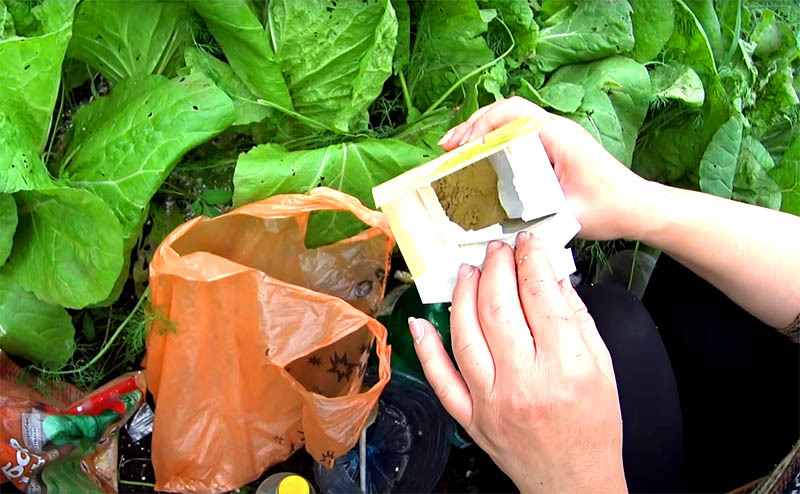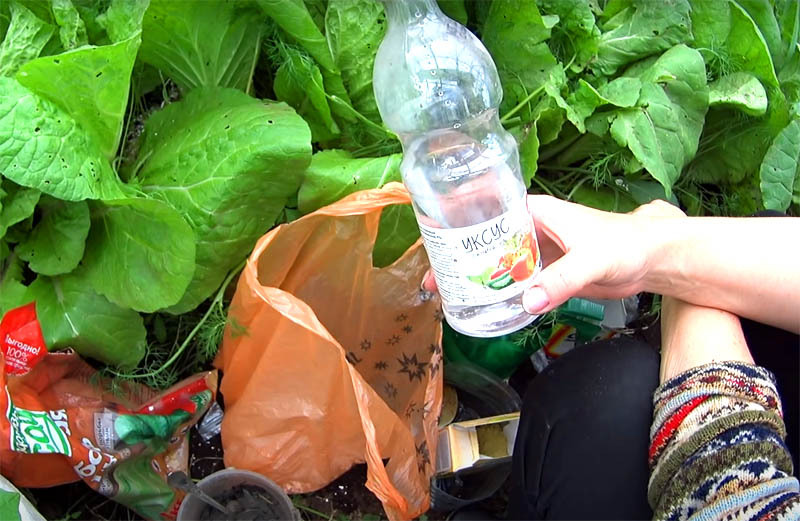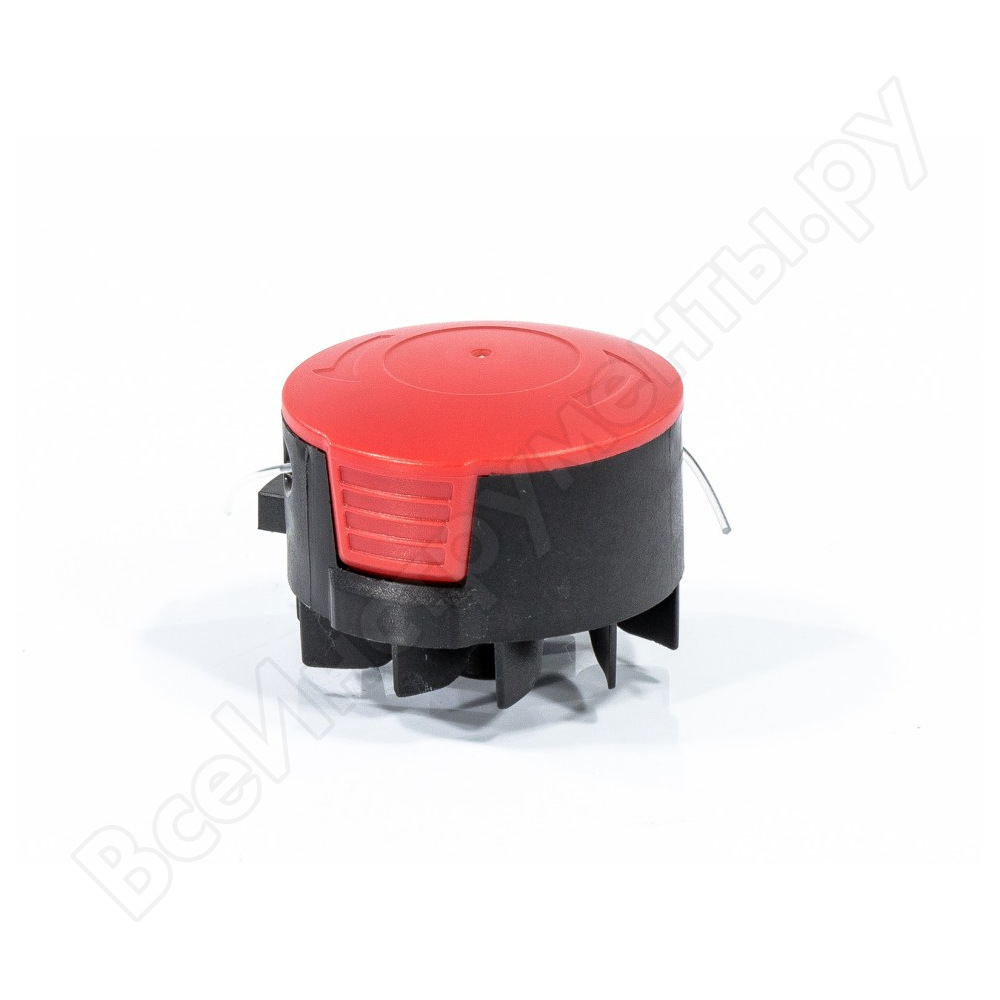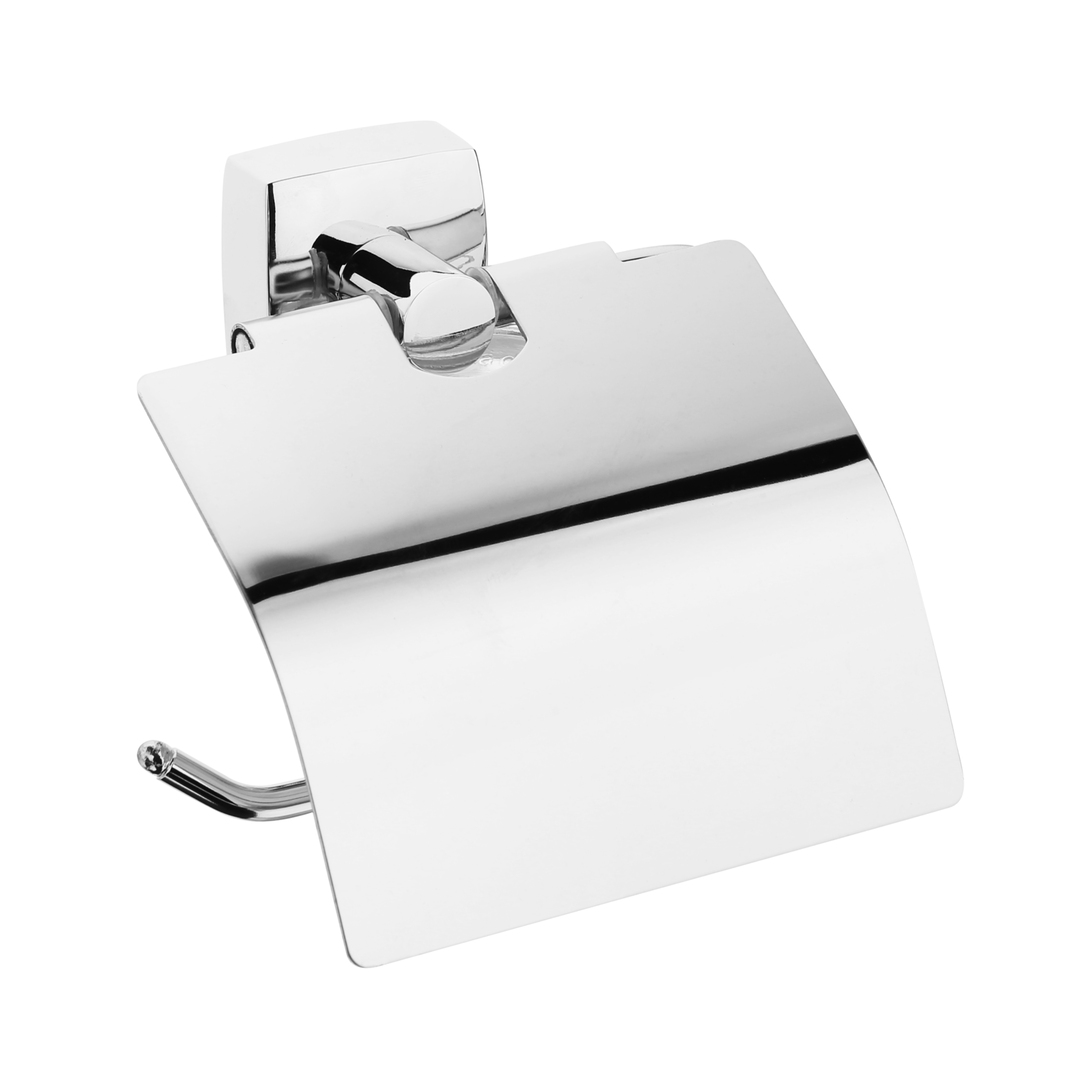The HousChief editorial staff continues the series of publications with the hashtag #BestHedom. We select for you the most useful recommendations that will help you spend your days of self-isolation in a suburban area with benefit. Now all gardeners have a hot time: time to plant seedlings and support young plants. But the future harvest depends not only on this period, feeding and watering efforts, but also on how you can protect the plants from pests that like to feast on young shoots. Slugs and snails are the scourge of many areas, especially those where the soil dries out slowly after rains. These voracious creatures are capable of destroying seedlings at the root and severely damaging even grown plants. How to protect landings, said the author of the YouTube channel Harvest vegetable garden, and you will surely need these recommendations.
Read in the article
- 1 Slugs and snails: harm or benefit and where they hide
- 2 Chemicals and how to use them
- 3 Folk remedies for dealing with slugs and how to use them correctly
- 4 Slug traps
Slugs and snails: harm or benefit and where they hide
It is impossible to put these leaf beetles so unequivocally on a par with, say, Colorado beetles. Slugs cause significant damage to plants on the site only during the period when the leaves are young and tender. Then the clams switch to their usual food: fallen leaves. So it is especially important to protect the garden from them in the spring and in the first summer month.
If you have a small area, then you can do with mechanical cleaning: go out in the evening, when leaf beetles crawl out of their shelters, and collect them in a jar or bag and throw them in the trash. During the day they can be found under mulch, under planks lying on the ground, in folds of bark at the roots of trees and other similar secluded places.
Chemicals and how to use them
The most popular drugs for fighting slugs are "Thunderstorm" and "Slug-Eater". These granular formulations attract pests and kill them almost instantly. They are scattered on the ground around the plantings, and it remains only in the morning to collect the dead leaf beetles. But there are some nuances: after all, it is a poison that is absorbed into the soil with watering and enters the plants with nutrients. So it is not recommended to scatter these compounds around salad plants.
And besides, these drugs are dangerous for pets too. Therefore, we present to your attention one interesting advice from our readers: you can hide the poison in the packaging from the kinder surprise. The package itself must be pierced in several places with a hot knitting needle so that a slug can get into it. Naturally, a dog or a curious cat will not be interested in this thing.
Folk remedies for dealing with slugs and how to use them correctly
If you advocate environmentally friendly gardening, then replace chemicals with folk remedies that will not kill, but scare away slugs from your plantings.






To achieve a good result in the fight against slugs, use these methods in combination. The best results are shown by a wide barrier from different means: ash, mustard, eggshells plus irrigation overnight with solutions of ammonia, vinegar or soda.
Slug traps
Many gardeners recommend using slug traps in addition to such protective methods. Here is a popular option - to bury a jar in the ground up to the neck and pour beer into it. Leaf beetles are attracted by the smell of malt, they will crawl into the container and drown in it. But practice shows that not everyone likes beer. They, like real gourmets, prefer expensive varieties and only fresh drink.
How to make traps, see this small video:
How do you fight slugs and snails in your garden? Maybe you can recommend effective drugs or more effective ways? Write about it in the comments!



